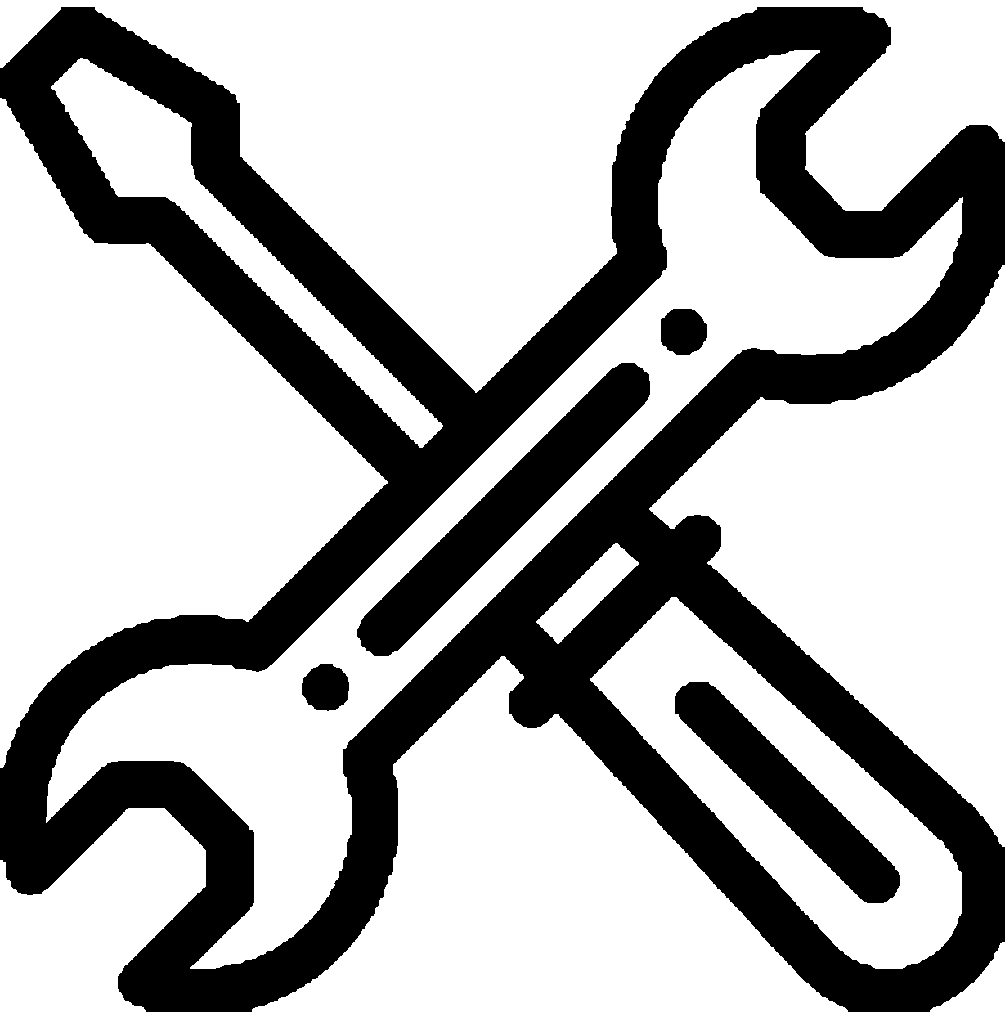This session was part of an ongoing series focused on procurement for Building Safety in the construction sector in which the Procurement Group explore how procurement is crucial for ensuring building safety.
The focus of this meeting was procurement competency, exploring who handles procurement in the construction sector, what the sector says about it, and how the existing guidance addresses the competency requirements for procurement professionals.
The Procurement Advisory Group (PAG) has produced essential guidance, authored by David Mosey and supported by Russell Pointer Brown, which was published by the MHCLG (Ministry of Housing, Communities & Local Government). This guidance confirms that collaborative procurement is a key approach for ensuring building safety and encourages all stakeholders, both public and private, to adopt the MHCLG recommendations.

Key Points from the Guidance:
The guidance emphasises collaborative procurement as a fundamental principle for improving building safety. It introduces key improvements that should be followed to ensure safer buildings, including:
- The application of collaborative procurement principles across various procurement models and contracts.
- The Industry Competence Committee is coordinating efforts to ensure that competency is consistently improved across the sector.
- The creation of sector-led groups that bring together industry representatives to develop competency standards for specific sectors, roles, and functions within the construction and design processes.
Competency Frameworks and Knowledge Requirements:
One of the significant outcomes of these initiatives is the development of a Competence Framework, which is designed to ensure that procurement processes are carried out by professionals with the necessary expertise to ensure safety.

The framework outlines the essential knowledge and understanding required for effective procurement in the built environment. Key areas of required knowledge include:
- The competency requirements for all roles involved in a project and their critical involvement in procurement activities.
- The unique nature of each project, ensuring competencies are tailored to the specific needs of the building’s design and construction.
- Industry structure, market conditions, and services that impact procurement decisions.
- Design and construction techniques selection and how they affect building safety.
- The timing and coordination of construction activities, including understanding of pre-construction and construction timetables.
- Familiarity with pricing methodologies and how they influence cost and safety.
- Knowledge of how supply chains are procured and managed, as well as how they influence safety outcomes.
- Understanding of health and safety requirements, along with familiarity with standard contract forms and their administration.
For high-risk buildings (HRBs), there is an additional layer of knowledge required, including:
- Creating and maintaining a gold thread of information throughout the building’s lifecycle.
- Evaluating the competence of the project team for HRBs and ensuring accountability for safety.
- Understanding the performance characteristics of construction products, especially those that affect safety.
- Complying with the Building Safety Act (BSA) and meeting all requirements for HRBs, including gateway approvals and pre-occupation assessments.
- Ensuring that procurement methods evaluate both price and quality without leading to a “race to the bottom” on safety.
Challenges to Competency Frameworks:
Several challenges exist in implementing the competency framework effectively:
- Alignment with Existing Standards: There is a risk of misalignment between competency frameworks, PAG guidance, and PAS 8672 (which already assesses procurement competency for principal contractors). The framework should focus on clients and those appointed by clients to manage procurement.
- Client Awareness: Feedback from the market (such as the BESA survey) indicates that many clients are unaware of their duty holder role and are not actively seeking to verify the necessary competencies. This raises the question of whether procurement professionals should be responsible for establishing client competence.
- Cultural Change: For cultural change to be embedded, there must be one unified competency framework across sectors. This ensures consistency, as the procurement role is often performed by a variety of professionals, and there needs to be alignment in the competencies required.
To Conclude…
The construction industry is at a critical juncture in its approach to procurement for safety. Collaborative procurement, reinforced by robust competency frameworks, is essential to ensure that all parties involved in the construction process are equipped with the necessary expertise to deliver safe buildings. However, challenges such as client awareness, alignment between frameworks, and embedding cultural change remain obstacles that need to be overcome to ensure consistent progress and lasting safety improvements across the sector.
Get Involved
This session was part of a series on procuring for building safety, hosted by the Constructing Excellence Procurement Group. To join us for the next session, sign up via our events page.



